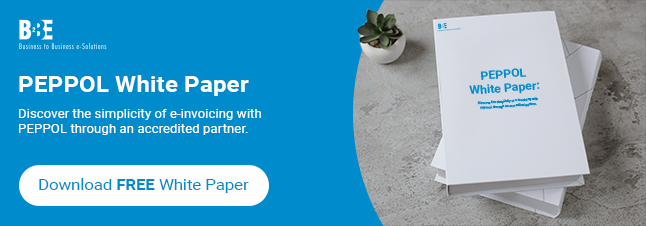When it comes to getting paid or paying suppliers, invoice payment timelines can be a source of stress, confusion, or even friction.
In the UK, standard payment practices can vary by industry, but legal guidelines and growing digital trends are helping bring more clarity. That’s why more organisations are turning to 电子发票 to take control. By automating how invoices are received, approved, and tracked, businesses can improve accuracy, speed up internal workflows, and stay on top of payment obligations more reliably.
If you’re looking to stay compliant with best practices, it’s worth understanding how invoice payment timelines work and how to optimise them.
The Legal Minimum: 30 Days For Public Sector, 60 For Private
Under the UK’s Late Payment of Commercial Debts Regulations, businesses are legally required to pay within 30 days (if the buyer is a public authority) or 60 days (for private sector contracts), unless otherwise agreed.
That means if no specific terms are outlined in a contract, 60 days is the default. But just because it’s legal doesn’t mean it’s ideal. Many companies still struggle with late payments, often waiting 70, 90, or even 120 days to receive funds. And that delay can be costly especially for cash flow planning.
The Problem With Long Payment Cycles
In the UK, extended payment timelines for invoices have become a growing concern. This is particularly true for small and mid-sized suppliers who rely on timely cash flow. When payments are delayed, it doesn’t just create frustration; it disrupts supply chains, strains long-standing relationships, and increases administrative pressure from chasing overdue invoices.
On the other hand, UK companies that pay on time tend to build stronger supplier loyalty, gain better terms, and keep operations running smoothly. That’s why more finance teams are taking a hard look at how they manage invoice approvals and payment scheduling.
Why E-Invoicing Helps Streamline Payment Timelines
In the UK, one of the biggest contributors to stretched payment timelines for invoices is still manual processing. When invoices are printed, posted, or passed around for approvals, delays become almost inevitable especially when dealing with multi-site operations or public sector clients.
电子发票 helps tackle this head-on by sending invoices directly into digital finance systems. With the UK government exploring structured e-invoicing standards, automating invoice receipt, validation, and approval is becoming more important than ever. It not only speeds up payment cycles but also reduces admin pressure, errors, and risk of non-compliance. No more slow turnaround times, no more inaccurate documents, no more manual work.
Best Practices For Staying On Track
Here are a few simple steps to help you stay on top of things:
- Adopt e-invoicing to automatically validate, route and match invoices while cutting down on delays.
- Standardise your payment terms across suppliers, and make sure they’re clearly communicated from the start.
- Set up automated reminders for upcoming due dates to avoid missed payments.
- Use digital approvals to speed up sign-off and prevent invoices from sitting in inboxes.
- Monitor KPIs like Days Payable Outstanding (DPO) to identify where delays are happening and why.
These steps can make a significant difference in staying within legal timelines, building trust with suppliers, and keeping your processes efficient.
Understanding and improving payment timelines for invoices isn’t just about staying compliant. It’s also about running a smarter, more predictable finance operation. By switching to digital systems and streamlining approvals, you can move from reactive to proactive so that you can ensure invoices are paid and received on time, every time.
联系我们 to find out more about our e-invoicing solutions that help with payment timelines in the UK.

